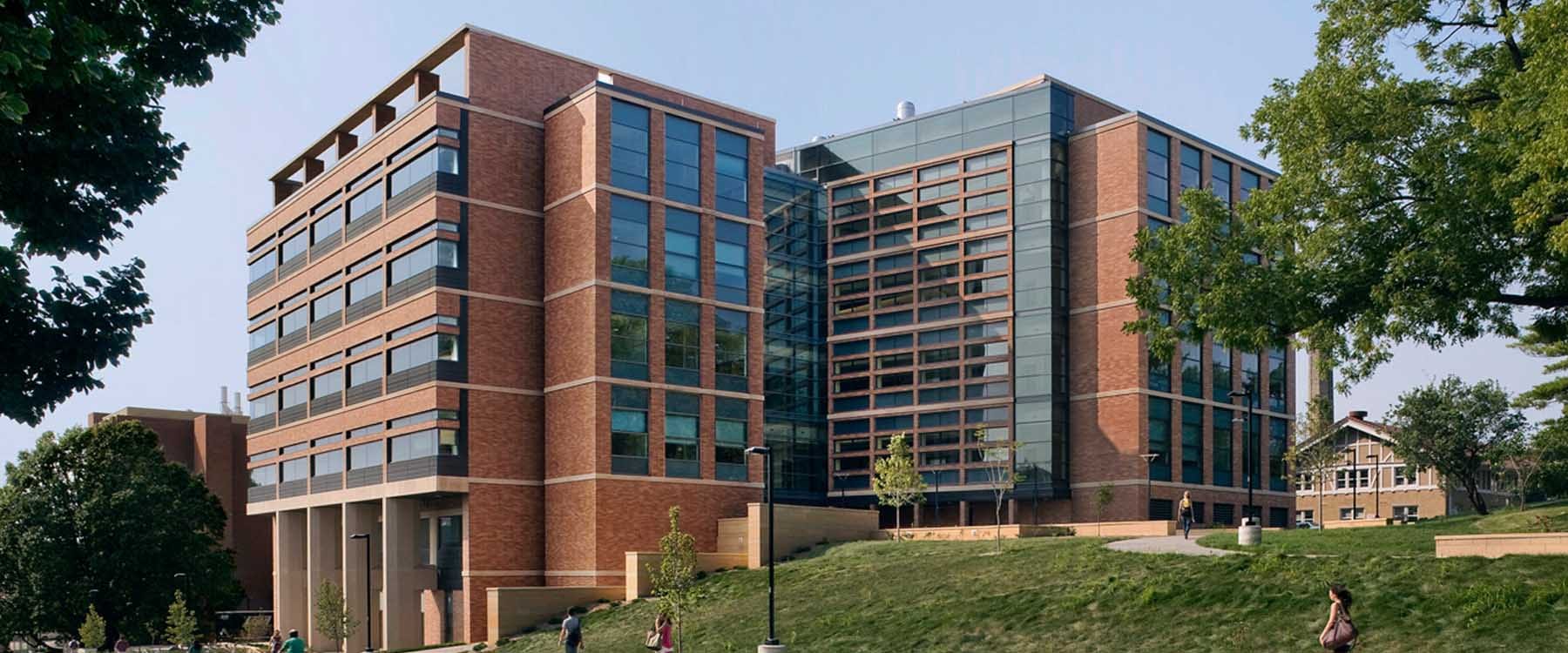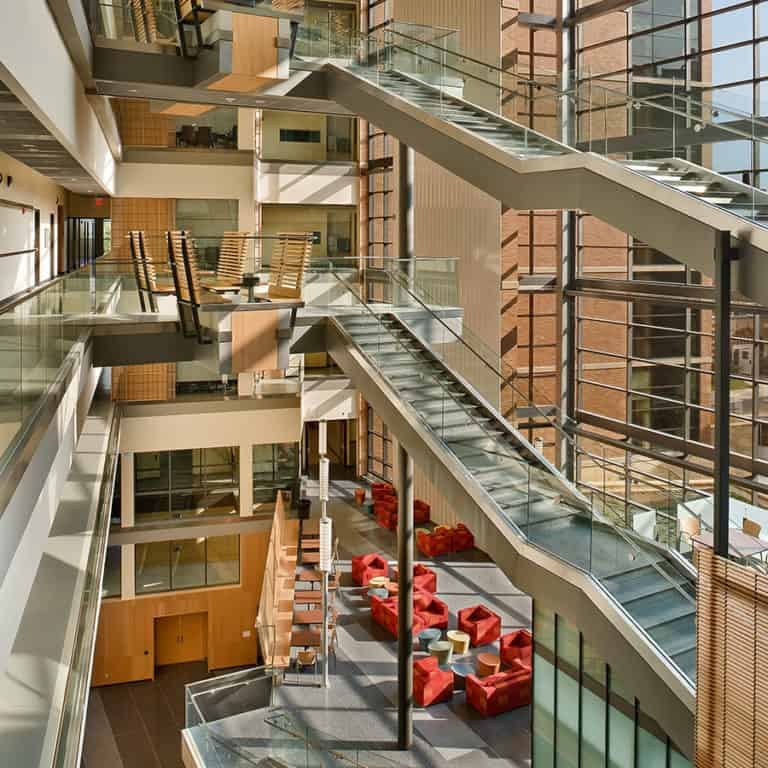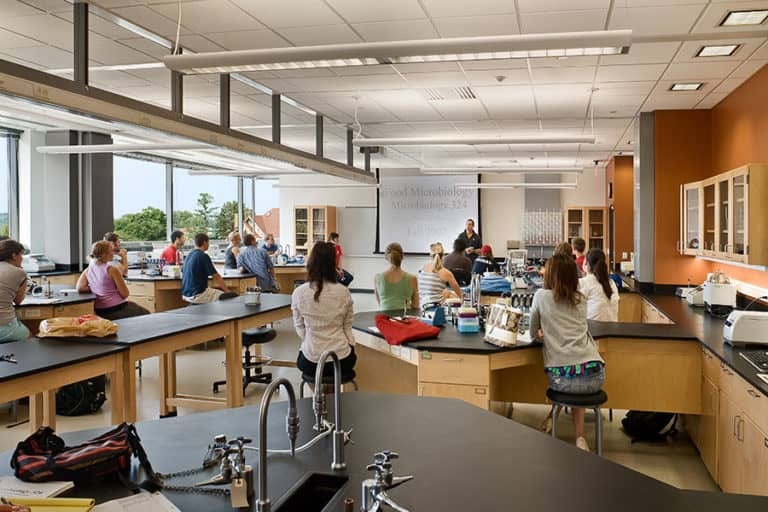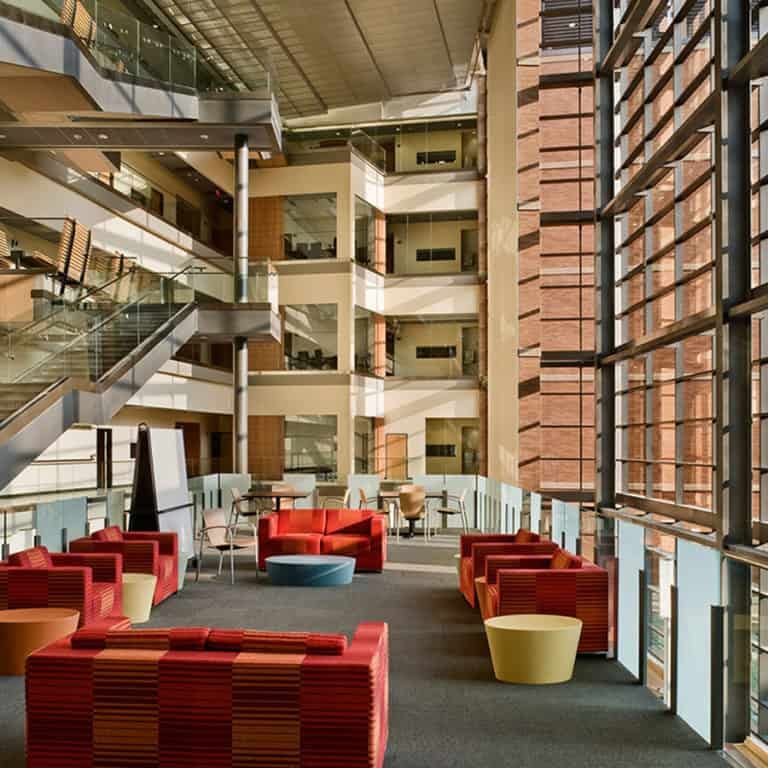Education Design


Plunkett Raysich Architects, LLP worked collaboratively with CO Architects, a nationally recognized architectural planning, programming, and design firm, to create a new 330,000 sq. ft. Microbial Science Building at the University of Wisconsin - Madison. Throughout the project process PRA provided local representation for the client, expertise in the City’s permitting and entitlement process, and architectural design services.
Read moreThe resulting 330,000 sq. ft. Microbial Sciences Building unites the instructional and research efforts of three departments – Bacteriology, Medical Microbiology and Immunology, and Food Microbiology and Toxicology – into one community. Unique building features include interdisciplinary laboratory facilities for 47 research groups (500 lab personnel), 11 instructional labs with approximately 360 student stations and support facilities, a Vivarium (animal facility), four levels of underground parking, and a large, state-of-the-art international symposium auditorium. The building also features nine BSL-3 labs, six BSL-3 Ag suites, and three general assignment classrooms.
Watch this video created in 2020 by students of the Medical Scientist Training Program, showing how the labs look in everyday work:
A Fermentation Laboratory as viewed from an adjacent corridor.

The soaring atrium and commons encourage colleagues to break the disciplinary silos..

The function of classroom and laboratory can be combined.

Spaces allow the interchange of ideas and socializing. Go Big Red!

BSL-2 Microbiology Research Laboratory provides ample space for all tasks.

Some teaching laboratories include large windows, to put learning on display inside the Microbial Sciences Building
